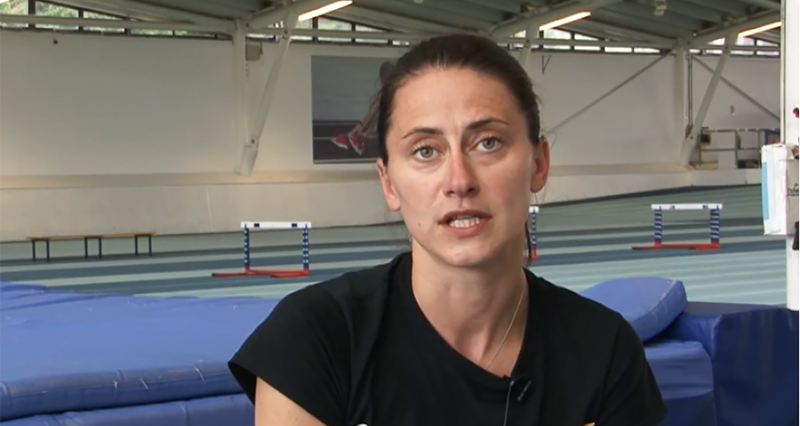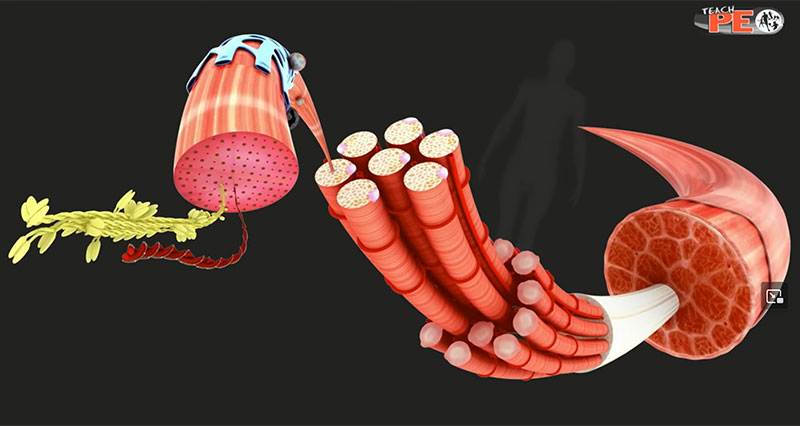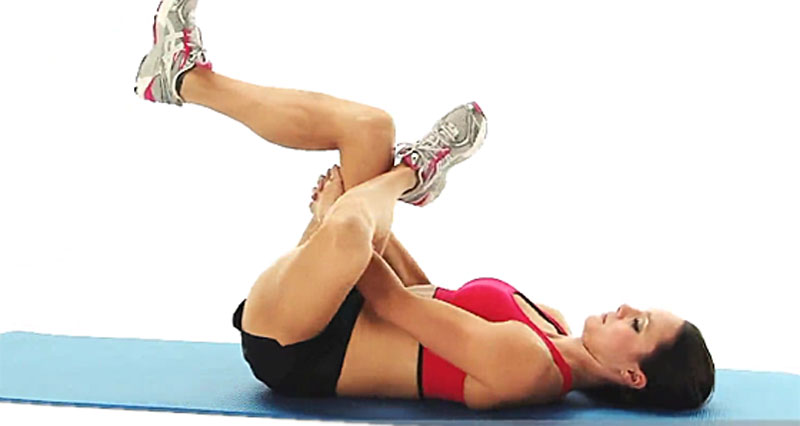Soccer (or football in Europe) is the most popular sport in the world, at both grassroots and international level. Its popularity is due to the relative simplicity of the game as well as the accessibility and inexpensive nature of equipment and opportunities.
Preventing Football Injuries
Due to the very physical, fast-paced and semi-contact nature of the sport, injuries are a regular occurrence. There are however ways in which the chance of injury can be reduced:
Warm-up
Warm-ups should be practiced in all sports as they aim to increase the muscle temperature and range of motion. Performing a warm-up consisting of light aerobic work (e.g. jogging/cycling/skipping), active (or dynamic) stretching (e.g. walking lunges/heel to bum/high knees) and skill drills can dramatically reduce the incidence of muscle strains especially.
Fitness
More injuries occur when an athlete becomes tired and fatigued. For this reason, conditioning should be a major aspect of any athlete’s training. This means being fit to play the sport. For example, football players require bouts of sprinting, followed by jogging, walking and sprinting again. Their training, therefore, should represent this and not involve pointless training such as continuous slow runs.
Resistance training
Resistance or strength training can greatly benefit a player’s performance and also reduce the risk of injury. Football strength is mostly required in the legs, although the core and upper body should not be neglected as they play a role in centering the player and maintaining balance.
Equipment
Using the right equipment can be important in avoiding injuries. In terms of protective equipment, most outfield soccer players use only shin pads (shin guards). The Goalkeeper may wear a shirt with padded elbows and shorts with padded thighs to reduce abrasions occurring when diving. Goalkeepers also wear gloves, although these offer limited protection to the hands and fingers. They are worn with the main aim of improving grip on the ball.
Other equipment which can contribute towards preventing injuries are the boots. Selecting the correct footwear for yourself and for the playing surface and conditions can make a massive difference. For example, on a dry, hard pitch, traditional studded boots may not be as suitable and may be replaced with an astro boot or specific dry ground boot.
Cool down
Not performing a thorough cool down is a mistake made too regularly by all but professional players. A cool-down serves to reduce muscle aching over the subsequent 48 hours. However, it also has a long-term effect on injury prevention. Research has shown that stretching the muscles following sport will help to reduce the post-exercise tightening of muscles. Over a long period reducing this tightness will help reduce the chance of injury.
Common Football Injuries
Soccer is thought to be a relatively safe sport. This is in comparison to sports such as American football and ice hockey. A high-school football player is at 85% risk of injury, where a soccer player is only 30% at risk. Within soccer, players over 25 and female players are more at risk of injury than their younger male counterparts.
Injuries to the lower limb are most common, especially to the ankle and knee. The most common moderate to severe lower limb injuries are listed here. Other minor injuries include contusions, minor muscle strains, and abrasions.
Ankle sprains
Ankle sprains are the most common injury amongst all levels of a soccer player and account for a massive 36% of all injuries. This injury is most commonly sustained when running and changing direction quickly, or when tackling or being tackled. An inversion (lateral) sprain of the ankle occurs when the ankle is rolled over so that the sole of the foot faces inwards. Eversion (medial) sprains are far less common. Find out more about ankle sprains.
ACL tears
The ACL is the anterior cruciate ligament which is one of the most frequently damaged ligaments in the game of soccer. It is situated deep within the knee joint and has the job of maintaining the position of the Tibia (shin bone) underneath the Femur (thigh bone). The majority of these injuries occur in a non-contact situation at a point where the player lands or decelerates with a twisting motion. Injury to the ACL can also occur following side on contact such as a slide tackle from an opponent. Learn more about ACL injuries.
Hamstring strains
The hamstrings are the most commonly torn muscles in soccer, followed closely by the adductor (groin) muscles. A tear to one of the hamstring muscles most often occurs during a burst of speed especially in muscles which are either fatigued or have been inadequately warmed-up. Learn more about hamstring strains.
Meniscus Injuries
The meniscus is two rings of cartilage which sit on top of the Tibia (shin bone), between this and the Femur (thigh bone). A meniscus tear is not uncommon in soccer and usually occurs in a tackle in which there is a twisting motion, usually with the foot fixed. Degeneration of the cartilage can also become a problem in older players, especially following previous knee injuries. Find out more about meniscus injuries.
Ingrown toenail
Although not a specific football injury this is a common complaint which will make playing football difficult. The toe, usually the big toe or great to grows into the skin at the edges. See ingrown toenail.




